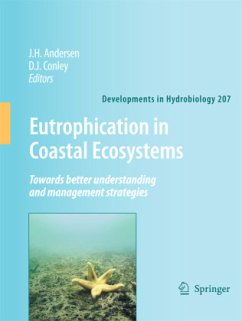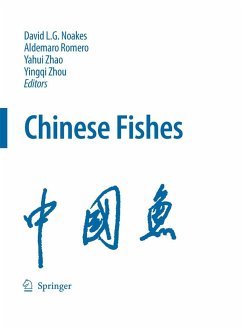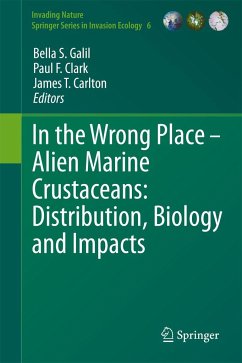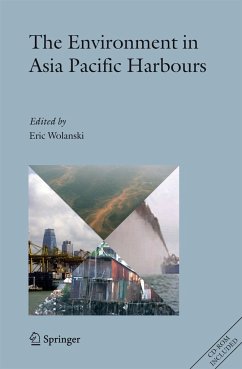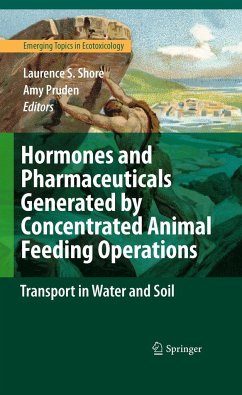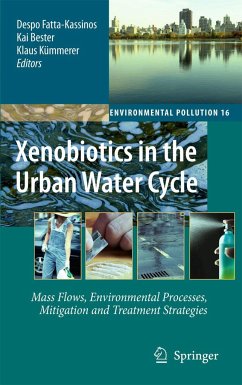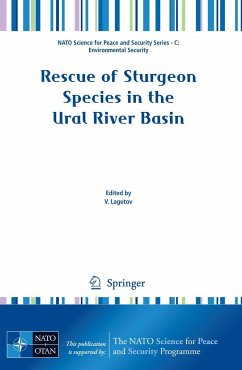Nicht lieferbar
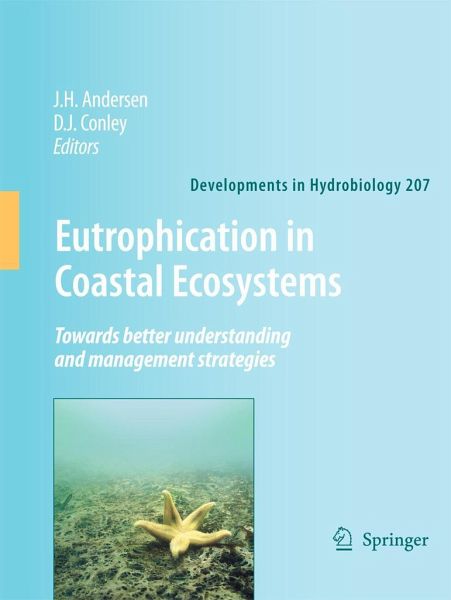
Eutrophication in Coastal Ecosystems
Towards Better Understanding and Management Strategies: Selected Papers from the Second International Symposium on Research and Management of Eutrophication in Coastal Ecosystems, 20-23 June 2006, Nyborg, Denmark
Herausgegeben: Andersen, Jesper H.; Conley, Daniel J.
Versandkostenfrei!
Nicht lieferbar
Coastal eutrophication has been and still remains an important issue for the scientific community. Despite many efforts to mitigate coastal eutrophication, the problems associated with eutrophication are still far from being solved. This book focusses on the most recent scientific results in relation to specific eutrophication issues, e.g. definition(s) and causes; nutrient loads, cycling and limitation; reference conditions, primary effects and secondary effects; trend reversal (oligotrophication), as well as links to other pressures (climate change and top/down control). It also focusses on ...
Coastal eutrophication has been and still remains an important issue for the scientific community. Despite many efforts to mitigate coastal eutrophication, the problems associated with eutrophication are still far from being solved. This book focusses on the most recent scientific results in relation to specific eutrophication issues, e.g. definition(s) and causes; nutrient loads, cycling and limitation; reference conditions, primary effects and secondary effects; trend reversal (oligotrophication), as well as links to other pressures (climate change and top/down control). It also focusses on monitoring and modelling of coastal eutrophication, and adaptive and science-based nutrient management strategies.
The book is based on selected papers from the Second International Symposium on Research and Management of Eutrophication in Coastal Ecosystems, held 20-23 June 2006 in Nyborg, Denmark.
The book is based on selected papers from the Second International Symposium on Research and Management of Eutrophication in Coastal Ecosystems, held 20-23 June 2006 in Nyborg, Denmark.




